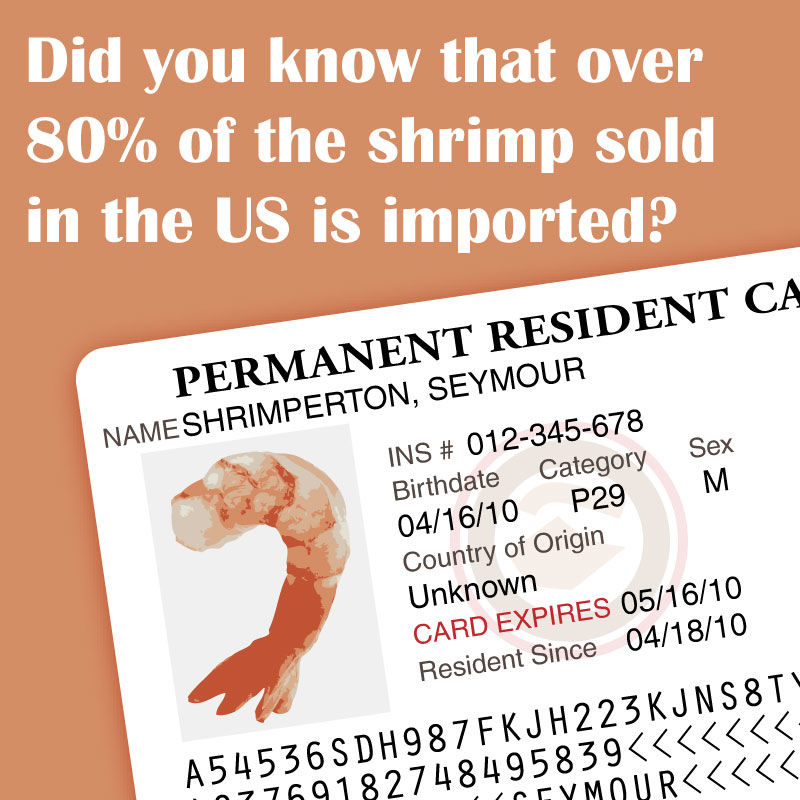Americans are eating more and more seafood—in part because it is low in calories and high in nutritional value. Shrimp is one of the most accessible and popular types of seafood in the U.S., and at one time they were caught and processed in Gulf Coast cities like Biloxi and New Orleans. Today, most shrimp consumed in the U.S. comes from foreign fisheries, where costs are lower but environmental impacts are higher.
There is a growing awareness that safer and more sustainable fishing and production practices are needed worldwide. Marine ecologists have documented the dangers to our health, oceans, and economies from overfishing and practices that produce bycatch and harm habitats. Organizations such as Environmental Defense Fund are working with fisheries to develop more sustainable solutions. At the same time, consumers want to know where their food comes from. Fisherman in Biloxi and other coastal cities have joined forces to raise consumer awareness by working with restaurants and grocery stores to label where fish is caught. Of course labeling isn’t enough. Mississippi’s Department of Marine Resources regulates shrimping practices and wetlands conservation to help conserve the region’s resources. Increased consumer support for safe, healthy, and sustainable fishing practices in the Gulf Region is also needed.
Work on the Biloxi Comprehensive Plan includes strategies to preserve Biloxi's legacy as the “seafood capital of the world” by increasing dock and processing space, boosting tourism, and diversifying the economy so fishing remains a vital part of Biloxi’s culture and identity.

